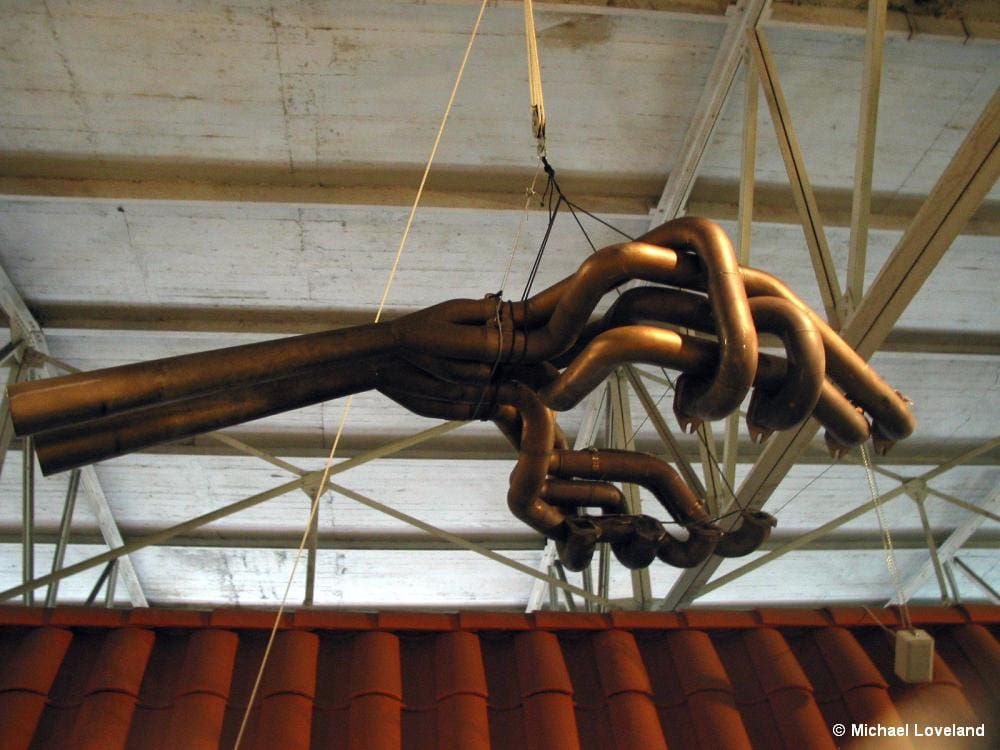Of all the possible explanations, clearly pure luck is the most viable. This may sound like uncharacteristic modesty, but I believe the evidence is convincing. First of all, you have a dad who gives you, for your first car, a dilapidated Alfa Romeo 6C 2500, which he bought in a very shabby state. True, Dad’s motivation was to keep me off the road for two years longer than normal, because my mission was to get the car restored and running if I were to be a driver and have my own vehicle.
The Alfa, which never ran properly and was an embarrassment on the numerous times that I had to walk my dates home from the stranded invalid, did indeed keep me off the road. This clunker, as well, kind of gave me a sense of technical incompetence, overcompensation for which may have been a factor in my chosen profession. But besides that bit of luck, think of this, if you’re not convinced.
We found an old Duesenberg race car in a very poor part of town all apart. We brought it home disassembled where it lay in a pile for over two decades. Dad passed away and I simply reassembled the car and restored it without getting it running, more or less as an homage to him, simply because I knew that’s what he would want. One day when famed Duesenberg historians Randy Ema and the late Fred Roe were visiting the collection; there was a stir about its possible origin. Excitedly, these auto archeologists got together along with racing expert Joe Freeman to report that this was, in fact, one of the three original Duesenbergs which raced in the 1921 French Grand Prix, the race car that Jimmy Murphy famously won for America.
Having seen Dad’s penchant for restoration in the “hundred-point era” of the collector-car hobby, an era which unfortunately still predominates, I soon developed latent observations that restoration in many cases was a form of degradation and that original finishes, trim, and preservation of cars in an as-found condition certainly supervened over glorious perfection and replacement in the name of restoration. As a reputation for this philosophy developed, some cars came our way simply because the seller, who could place the car anywhere, would prefer to see it in the hands of a preservationist. Finally a compulsively collected library led the way to evaluating each car – historically and authentically.
So was it the feel of the road, the sound of the engine, or even the smell of gas? What brought it all together? Well, all of those things can be found in virtually any automobile. What made the sports racing cars want to come together in our place? It became obvious: the DNA is competition, the desire to win, the knowledge that each one had to be progressively better in order to prevail; and that magical DNA each year spawned a better progeny, improving the breed, crafting the vehicle, which can carry us to ascendancy.





